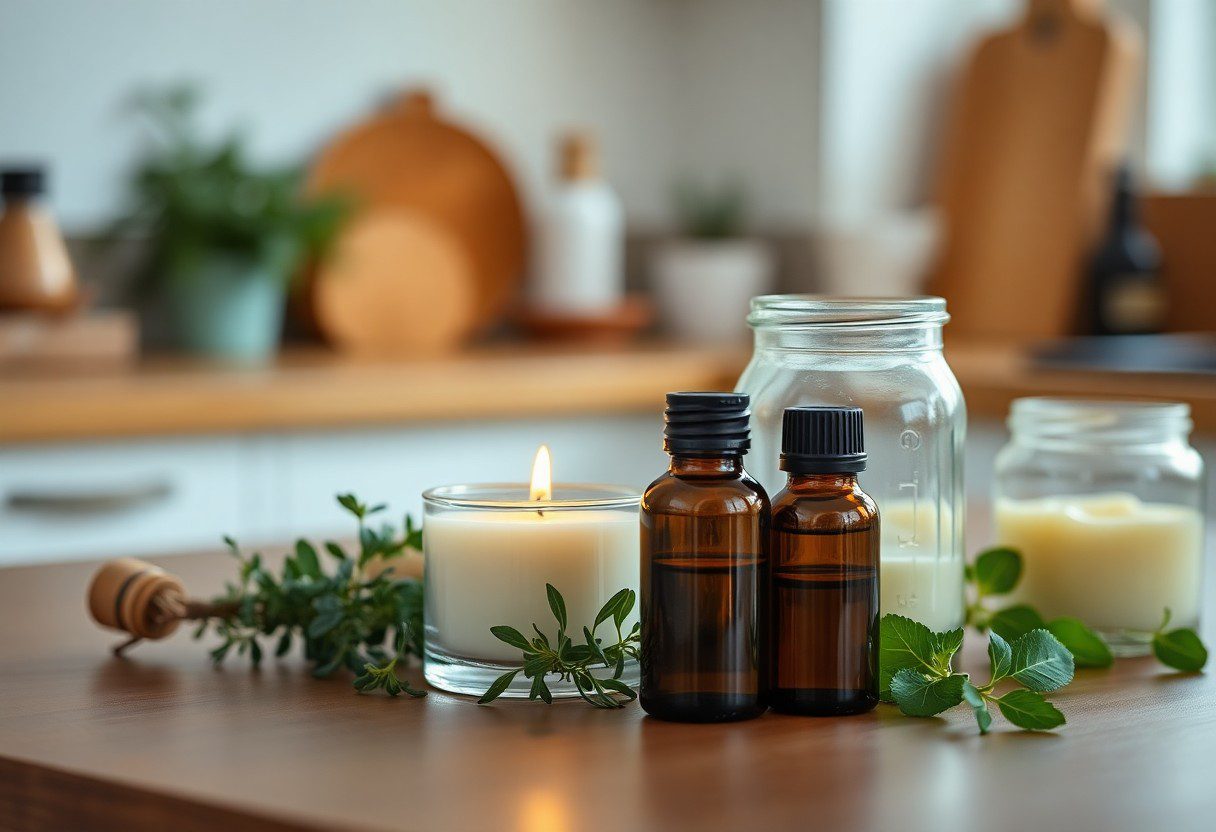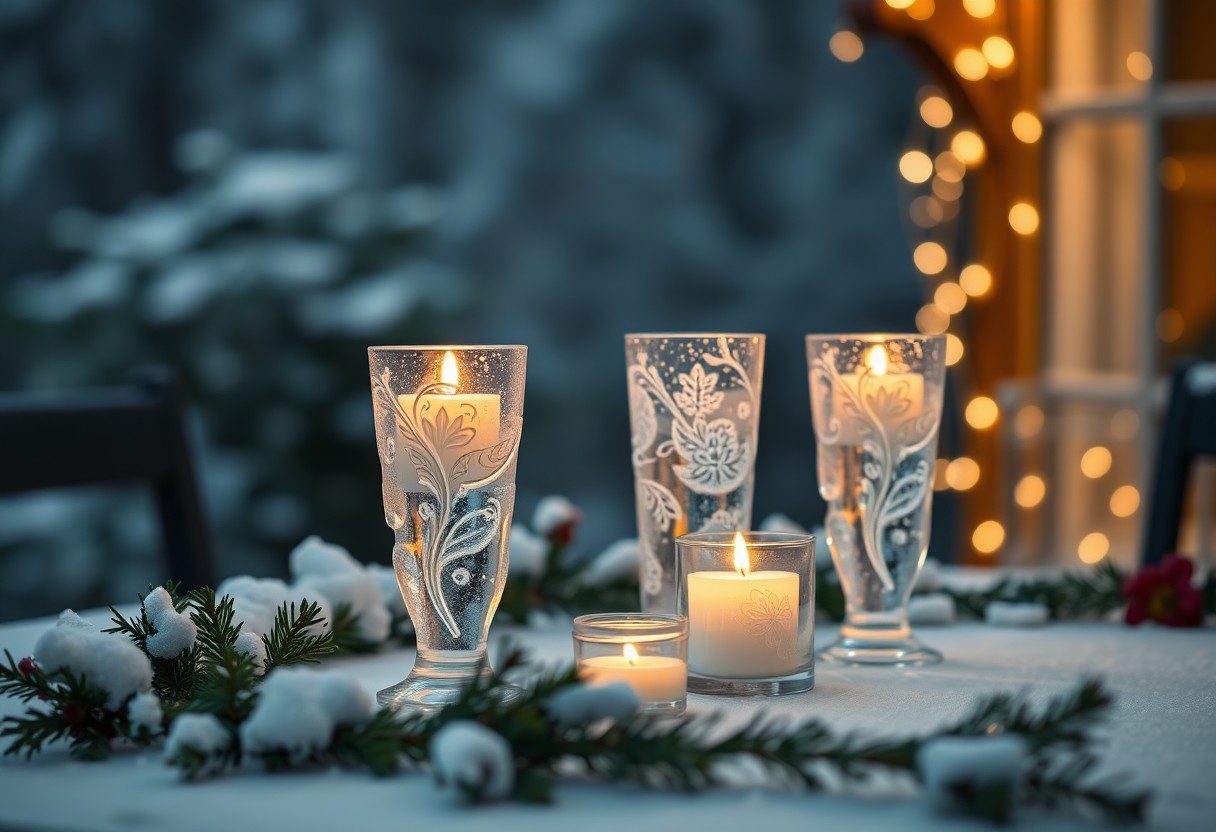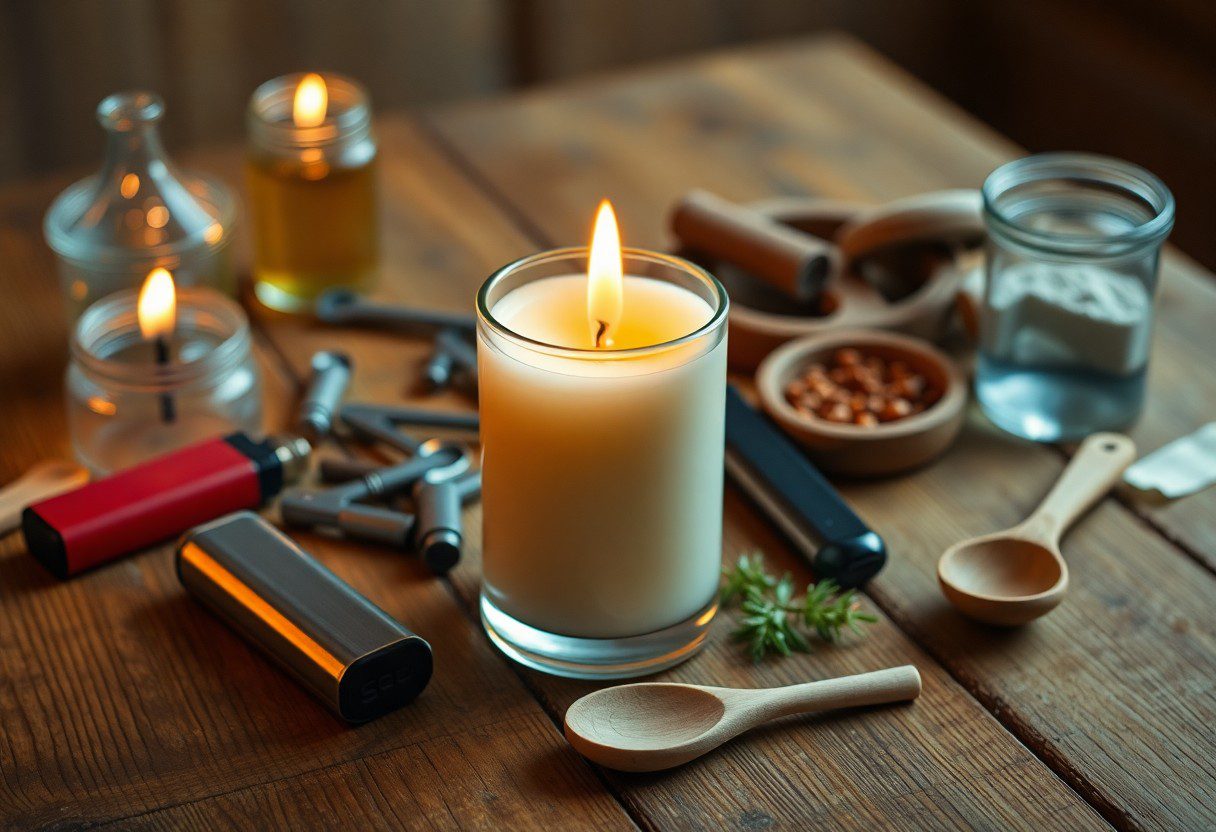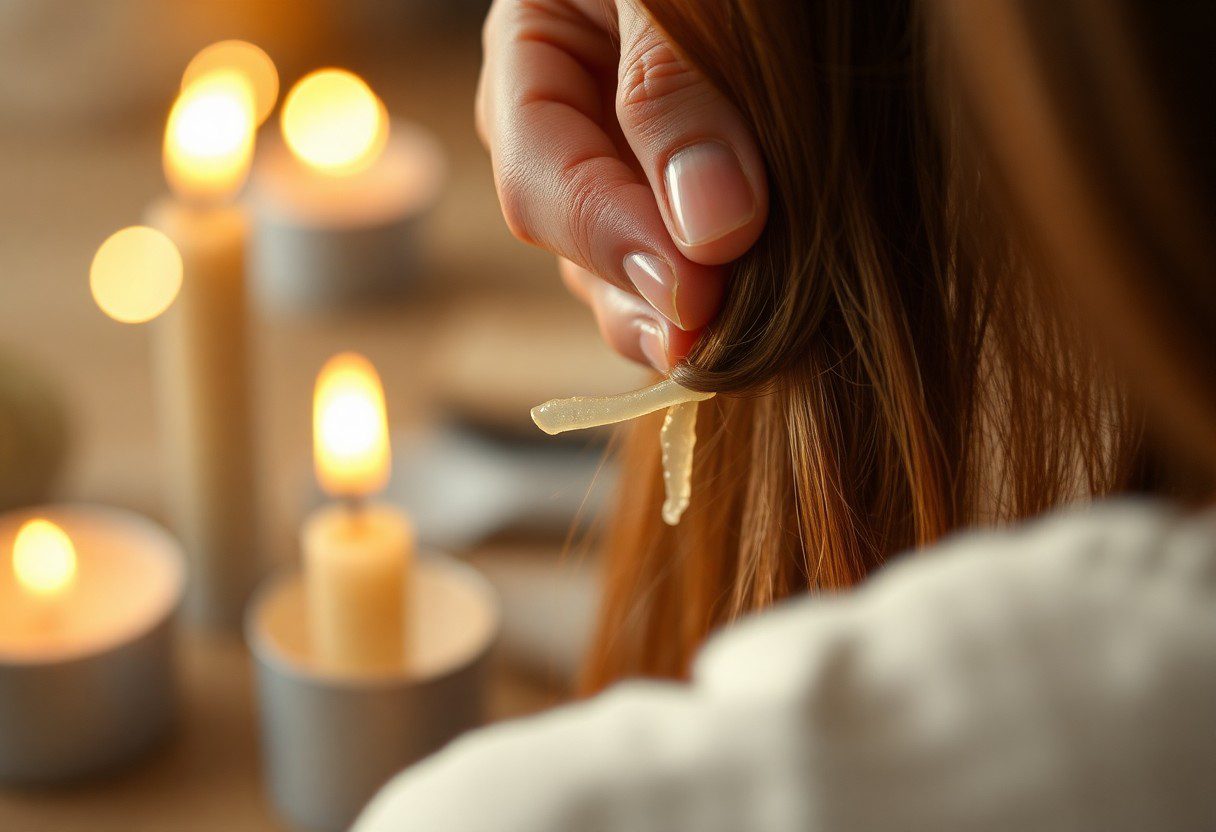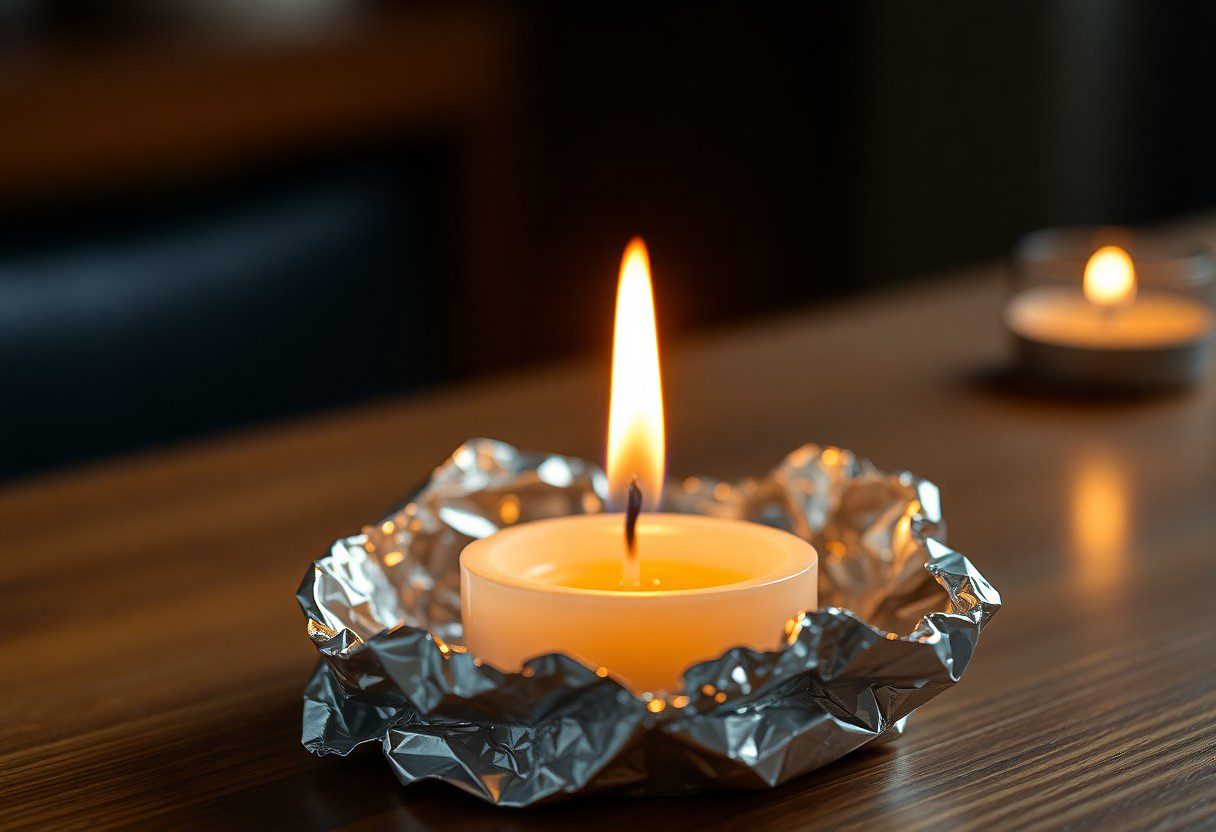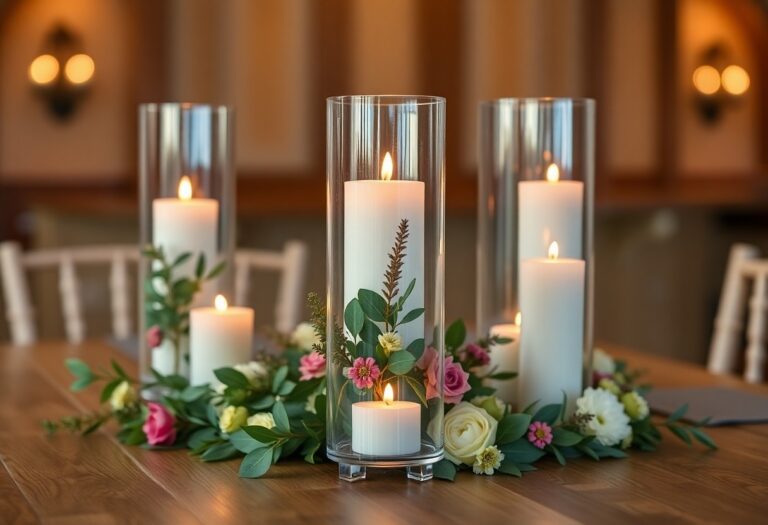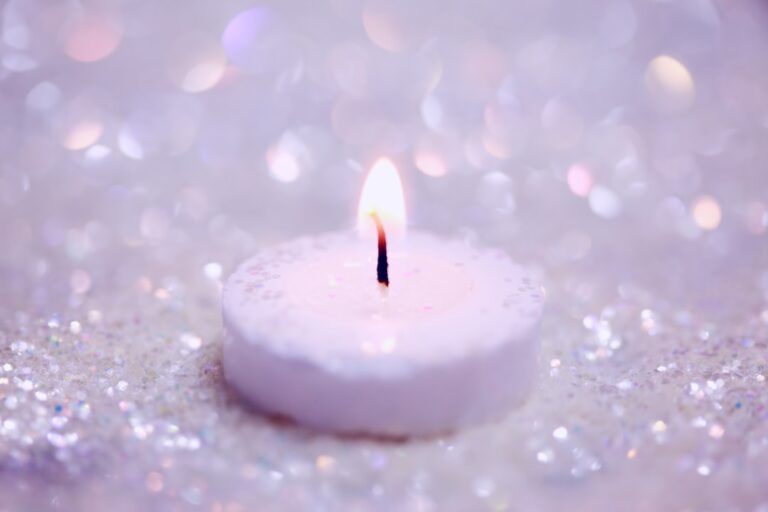how to make candle essential oils
Over time, creating your own candle vital oils has emerged as a rewarding and enriching hobby that allows you to customize scents for your space. By mixing quality vital oils with a suitable wax, you can enhance your home’s atmosphere while embracing natural ingredients that benefit your well-being. In this guide, you’ll learn the step-by-step process to effectively incorporate vital oils into your candle-making routine, ensuring a delightful scent experience while maintaining safety and quality.
Choosing the Right Essential Oils
The choice of vital oils can greatly influence the ambiance created by your candles. You should consider the scent profiles that appeal to you and complement the space where you’ll be using the candles. Take into account the therapeutic properties you desire, as different vital oils can promote relaxation, focus, or invigoration. Ensure to select high-quality, pure vital oils to achieve the best results and a delightful sensory experience.
Popular Essential Oil Options
Any beginner can start with popular vital oils such as lavender, eucalyptus, peppermint, and citrus oils. Each offers unique aromatic qualities that can elevate your candle-making experience. Lavender is renowned for its calming effects, while eucalyptus provides a refreshing scent, and citrus oils like lemon or orange can invigorate your space. Experimenting with these oils allows you to create personalized blends that suit your preferences.
Benefits of Using Essential Oils in Candles
One significant advantage of incorporating vital oils into your candles is their natural therapeutic properties. When you burn these candles, they release aromatic compounds known for promoting emotional and physical well-being, enhancing relaxation, and improving mood. Additionally, using vital oils rather than synthetic fragrances enables you to avoid harmful chemicals often found in commercial candles, making your homemade creations more safe and wholesome.
Essential oils not only enhance the fragrance of your candles but also offer various benefits that enrich your environment. Choosing oils with therapeutic properties can create a calming atmosphere, improve your focus, or relieve stress. Moreover, using these natural essences contributes to a more sustainable lifestyle, as you appreciate natural aromas rather than synthetic alternatives. This practice not only elevates your candle-making experience but also promotes a healthier living space.
Selecting Candle Wax
Some of the most important decisions you will make involve the type of wax you use for your candles. You’re looking for a wax that not only holds your vital oils well but also suits your personal preferences. For guidance on the best practices, check out How to Make Candles at Home [w/ Essential Oils].
Types of Wax for Candle Making
Between the various options available, here’s a breakdown of popular candle waxes:
| Paraffin Wax | Common and cost-effective |
| Beeswax | Natural, with a sweet aroma |
| Soy Wax | Eco-friendly and popular |
| Palm Wax | Unique textures and finishes |
| Coconut Wax | Rich, creamy texture |
Assume that your choice of wax will affect aroma, burn time, and appearance.
Factors to Consider When Selecting Wax
Behind your selection of wax lies several factors to consider that can influence the quality of your candles:
- Burn Time: Different waxes burn at varying rates.
- Aroma Throw: How well does the wax hold and release scent?
- Eco-Friendliness: Is the wax sustainable and safe for the environment?
- Appearance: What finish do you want for your candles?
- Cost: Does the wax fit your budget?
Assume that these factors play a significant role in your final product’s quality.
Candle making requires careful consideration of these factors. You want a wax that aligns with your goals, whether you desire a long burn time or a strong scent. The wax affects your candle’s overall performance, including its burn characteristics and how well it holds your chosen vital oils. By understanding how these variables interact, you can make informed choices that enhance your candle-making experience. Assume that selecting the right wax can be pivotal to your success in creating beautiful, aromatic candles.
Equipment and Tools Needed
Now that you are excited to create your own candle necessary oils, it’s important to gather the right equipment and tools. Essential items include a heat source, pouring pot, thermometer, stirring utensil, wax, wick, fragrance oils, and containers for your finished candles. Investing in quality tools will ensure that your candle-making experience is smooth and enjoyable, allowing you to focus on crafting beautiful, aromatic creations.
Essential Tools for Candle Making
Making candles requires specific tools to achieve the desired results. You’ll need a wax melting pot, a thermometer to monitor temperatures, wicks designed for your chosen wax type, and fragrance oils to infuse your candles with the scents you love. Additionally, consider using a scale for accurate measurements and a pouring pitcher to streamline the pouring process.
Safety Considerations
Along with gathering your tools, it’s vital to prioritize safety during the candle-making process. Working with hot wax and necessary oils can pose risks if you’re not cautious. Always wear gloves to protect your hands, and ensure your workspace is well-ventilated to avoid inhaling any fumes.
Indeed, safety should be a top priority when making candles. Use a thermometer to ensure that the wax does not exceed safe melting temperatures, typically around 190°F. Always have a fire extinguisher nearby in case of emergencies, and never leave melting wax unattended. Avoid pouring hot wax into cold containers, as this may lead to breakage or splattering. By adhering to these safety measures, you can enjoy a rewarding candle-making experience while minimizing risks.
The Candle-Making Process
Once again, creating your own candles infused with imperative oils is a rewarding venture that activates your senses. This craft involves melting wax, blending it with your preferred imperative oils, and pouring it into molds or containers. As you progress through the process, you’ll discover how the combination of wax and oils not only allows for creativity but also fills your space with delightful aromas. Let’s explore the steps to achieve your perfect candle blend.
Step-by-Step Guide
Between selecting your wax and imperative oils, the following table outlines the imperative steps to make your candles:
| Step | Description |
| 1 | Melting the Wax |
| 2 | Mixing in Essential Oils |
| 3 | Pouring into Molds |
| 4 | Letting it Set |
| 5 | Trimming the Wick |
Common Mistakes to Avoid
With any craft, you may encounter pitfalls along the way. To ensure the best results, it’s important to avoid common errors that many candle makers face.
Another mistake to watch out for is pouring the wax at the wrong temperature. If the temperature is too low, the wax may not bond with the imperative oils effectively, resulting in weak scents. Additionally, overheating the wax can destroy the beneficial properties of the oils you’re using. When measuring your oils, be careful not to exceed the recommended amount, as this can lead to a candle that burns too quickly or becomes too strong. Prioritize safety by ensuring you’re working in a well-ventilated area, and always keep flammable materials away from your workspace. With these tips, your candle-making experience will be both enjoyable and rewarding.
Enhancing Your Candles
Many candle makers seek to make their creations truly unique and captivating. By experimenting with different techniques, you can enhance your candles in ways that delight the senses. Whether you want to add a vibrant splash of color or a bespoke scent, the possibilities are endless. Elevating your candles can transform them from ordinary to extraordinary, making them perfect for personal use or thoughtful gifts.
Adding Colors and Textures
By incorporating a variety of colors and textures, you can create visually striking candles. Consider using natural dyes or candle color chips to add hues that match your decor or personal style. Additionally, you can play with different pouring techniques or incorporate textured molds to give your candles a distinctive look and feel. The right combination can take your candles to another level of creativity.
Customizing Scent Profiles
Any scent can evoke memories and emotions, making customizing scent profiles a rewarding aspect of candle making. You can create a blend that reflects your personality or fits the mood you want to set in your space. Combining crucial oils allows you to craft unique fragrances that are distinct and appealing.
Another advantage of customizing scent profiles is the opportunity to experiment with different aromas that can have various effects on your well-being. For instance, combining lavender for relaxation with a hint of citrus for energy can create a harmonious balance in your environment. Be mindful of the concentration levels; some crucial oils can be quite potent, so it’s best to start with small amounts and gradually adjust to achieve your desired fragrance strength. This way, you can ensure that your candles not only smell wonderful but also create a pleasant atmosphere.
Storing and Burning Your Candles
Unlike conventional candles, your candles infused with important oils require specific care to maintain their quality and scent. Proper storage will extend their lifespan and enhance your aromatic experience. For more detailed guidance, you can check out How to make organic candles with important oils.
Best Practices for Storage
Your candles should be stored in a cool, dark place to prevent melting and fading of scents. Use airtight containers or wrapping to shield them from light and moisture, which can alter their quality.
Tips for Safe Burning
With respect to lighting your candles, safety should always be a priority. Here are some helpful tips for a safer experience:
- Always burn candles on a stable surface.
- Keep candles away from drafts, pets, and children.
- Never leave a burning candle unattended.
The right precautions will ensure you enjoy your candles safely.
Storing your candles correctly and following safety measures for burning are key to your enjoyment. These tips will guide you in creating a soothing atmosphere while minimizing hazards:
- Trim the wicks to 1/4 inch before lighting.
- Burn candles for at least 1 hour per inch in diameter for an even melt.
- Place them on a heat-resistant surface for added safety.
The more you understand the dynamics of burning candles and their potential risks, the better you can enjoy their benefits responsibly.
Final Words
Considering all points, making candles with crucial oils is a rewarding and enjoyable process that allows you to customize scents to your liking. Begin by selecting quality wax and crucial oils that suit your preferences, then follow proper measuring and mixing techniques to ensure a harmonious blend. Be attentive to pouring temperatures and wick sizing to achieve the best burn quality. With practice and creativity, you can create beautiful, aromatic candles that enhance your home atmosphere and provide a relaxing ambiance. Enjoy the journey of crafting your own aromatic masterpieces!
Q: What materials do I need to make candles with necessary oils?
A: To make candles with necessary oils, you will need the following materials: wax (soy, beeswax, or paraffin), a double boiler for melting the wax, candle wicks, necessary oils of your choice for fragrance, a thermometer, a pouring pitcher, and a mold or container for the candle. Optionally, you may want a stirring utensil, a scale for measuring, and a color dye if you wish to add color to your candles.
Q: How do I incorporate necessary oils into the candle-making process?
A: To incorporate necessary oils into your candle-making process, start by melting the wax in the double boiler to around 170-180°F (77-82°C). Once the wax is completely melted, remove it from the heat and let the temperature drop to about 160°F (71°C). At this point, add your necessary oils—typically, you should use around 1 ounce of necessary oil per pound of wax. Stir thoroughly to ensure the oils are evenly distributed throughout the wax before pouring the mixture into your mold or container.
Q: How can I ensure my candles have a strong scent throw?
A: To ensure your candles have a strong scent throw, use high-quality necessary oils and the right ratio for your type of wax. A common guideline is to use approximately 6-10% fragrance load, meaning if you have 1 pound of wax, you would typically use 1.5 to 2.5 ounces of necessary oil. Additionally, pouring your candles at the correct temperature (usually around 160°F) can also help preserve the scent. Allow the candles to cure for a few days after pouring, as this can enhance the fragrance as well.


